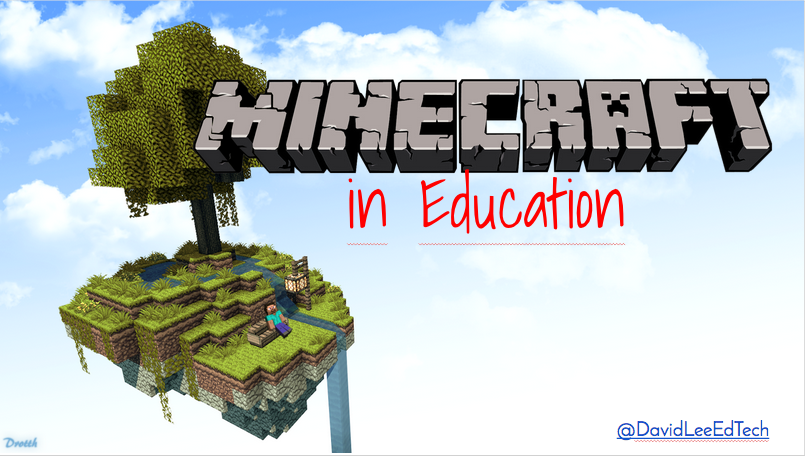Reflection and Upgrades

This week has been fun. Reading and trying to apply it to my daily work. When I was reading the Living with New Media section, I began to wonder about the ones that don't fit in to these groups. One project I am involved in at school is Mac and iPad Management. I use a Mobile Device Manager, (Casper Suite) to assist students and faculty with these devices. We deploy out software and updates on demand, via the Mobile Device Manager. There are many kinds of learners out there, and some are not the "messing around" or "geek-out" type. What about the more apprehensive group, the ones who fear change? What I am concerned about is the resistant to move with the times crowd. The "too scared" to try. The more cautious, that have to be forced to update software. The unorganised that never have a backup when their computer fails, or "lost" that assignment. The ones who get upset by the "new" Facebook. Mi...


